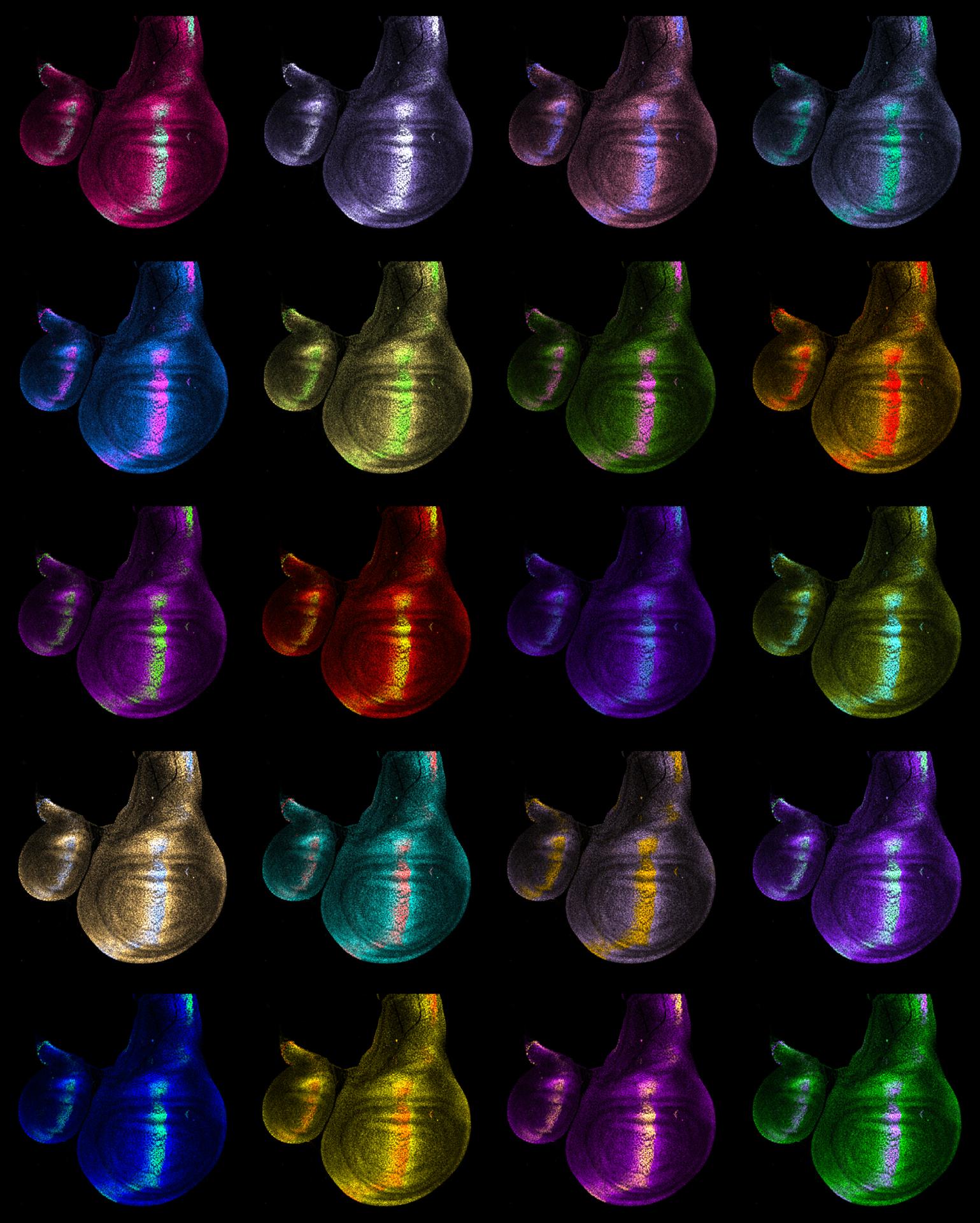The genetic control of organ size and cell proliferation is poorly understood. Our work addresses these questions from two different directions. In one, we ask how the Hox gene Ubx is able to reduce the number of cells in the haltere compared to the homologous wing. One important answer to this question is that Ubx appears to be modifying many different parameters of the Dpp pathway, including how far the Dpp morphogen can diffuse from its site of production. See Crickmore et al. 2006, 2007. In a second project we are asking how the Hippo tumor suppressor pathway, which is a core component of the cell proliferation machinery in nearly all tissues, is being used in a tissue-specific manner. We found that while the Hippo pathway in wing cells use the transcription factor Scalloped (Sd), in eye progenitor cells they use the homeodomain protein Hth. Thus, we hypothesize that the choice of transcription factor can provide tissue-specificity to this otherwise generic proliferation-regulating pathway. See Peng et al., 2009 for more details.
Current lab members working on this project: Ryan Loker, Roumen Voutev, Susie Tozier.
Publications
Slattery M, Voutev R, Ma L, Nègre N, White KP, Mann RS. Divergent transcriptional regulatory logic at the intersection of tissue growth and developmental patterning. PLoS Genet. 2013;9(9):e1003753. doi: 10.1371/journal.pgen.1003753. Epub 2013 Sep 5. PubMed PMID: 24039600; PubMed Central PMCID: PMC3764184.
Giorgianni MW, Mann RS. Establishment of medial fates along the proximodistal axis of the Drosophila leg through direct activation of dachshund by Distalless. Dev Cell. 2011 Apr 19;20(4):455-68. doi: 10.1016/j.devcel.2011.03.017. PubMed PMID: 21497759; PubMed Central PMCID: PMC3087180.
Estella C, Mann RS. Non-redundant selector and growth-promoting functions of two sister genes, buttonhead and Sp1, in Drosophila leg development. PLoS Genet. 2010 Jun 24;6(6):e1001001. doi: 10.1371/journal.pgen.1001001. PubMed PMID: 20585625; PubMed Central PMCID: PMC2891808.

